Ditapis dengan
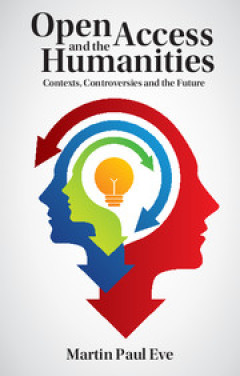
Open access and the humanities :contexts, controversies and the future
If you work in a university, you are almost certain to have heard the term 'open access' in the past couple of years. You may also have heard either that it is the utopian answer to all the problems of research dissemination or perhaps that it marks the beginning of an apocalyptic new era of 'pay-to-say' publishing. In this book, Martin Paul Eve sets out the histories, contexts and controversie…
- Edisi
- -
- ISBN/ISSN
- 9781107484016
- Deskripsi Fisik
- xv, 209p. : ill.
- Judul Seri
- -
- No. Panggil
- 001.30285 EVE o
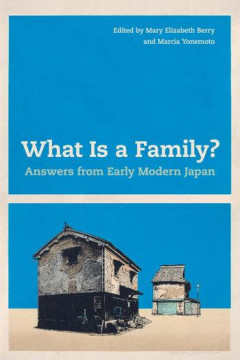
What is a family? :answers from early modern Japan
What is a family? The essays gathered here explore disparate family histories in early modern Japan, attending variously to the samurai elite, agrarian villagers, urban merchants, communities of outcastes, and the circles surrounding priests, artists, and scholars. They draw on diverse sources—from population registers and legal documents to personal letters and diaries, from genealogies and …
- Edisi
- -
- ISBN/ISSN
- 9780520316089
- Deskripsi Fisik
- x, 275p. : ill.
- Judul Seri
- -
- No. Panggil
- 306.850952 WHA w
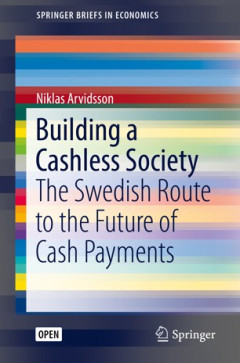
Building a cashless society :the Swedish route to the future of cash payments
This open access book tells the story of how Sweden is becoming a virtually cashless society. Its goal is to improve readers’ understanding of what is driving this transition, and of the factors that are fostering and hampering it. In doing so, the book covers the role of central banks, political factors, needs for innovation, and the stakeholders involved in developing a cashless ecosystem. …
- Edisi
- -
- ISBN/ISSN
- 9783030106898
- Deskripsi Fisik
- x, 96p. : ill.
- Judul Seri
- -
- No. Panggil
- 332.409485 ARV b
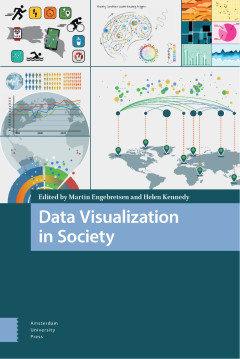
Data visualization in society
Today we are witnessing an increased use of data visualization in society. Across domains such as work, education and the news, various forms of graphs, charts and maps are used to explain, convince and tell stories. In an era in which more and more data are produced and circulated digitally, and digital tools make visualization production increasingly accessible, it is important to study the c…
- Edisi
- -
- ISBN/ISSN
- 9789463722902
- Deskripsi Fisik
- -
- Judul Seri
- -
- No. Panggil
- 001.4226 DAT d
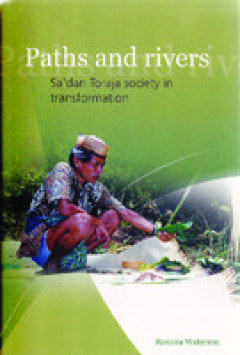
Paths and rivers; Sa’dan Toraja Society in transformation
Fieldwork extending over a thirty-year period provided materials for this book. Paths and Rivers offers an unusually deep and broad picture of the Sa’dan Toraja as a society in dynamic transition over the course of the past century. The Toraja inhabit the mountainous highlands of South Sulawesi, Indonesia, and are well known for their dramatic architecture, their unusual cliff burials, and th…
- Edisi
- -
- ISBN/ISSN
- 9789067183079
- Deskripsi Fisik
- x, 543p.: ill.
- Judul Seri
- -
- No. Panggil
- 305.89922 WAT p
 Karya Umum
Karya Umum  Filsafat
Filsafat  Agama
Agama  Ilmu-ilmu Sosial
Ilmu-ilmu Sosial  Bahasa
Bahasa  Ilmu-ilmu Murni
Ilmu-ilmu Murni  Ilmu-ilmu Terapan
Ilmu-ilmu Terapan  Kesenian, Hiburan, dan Olahraga
Kesenian, Hiburan, dan Olahraga  Kesusastraan
Kesusastraan  Geografi dan Sejarah
Geografi dan Sejarah